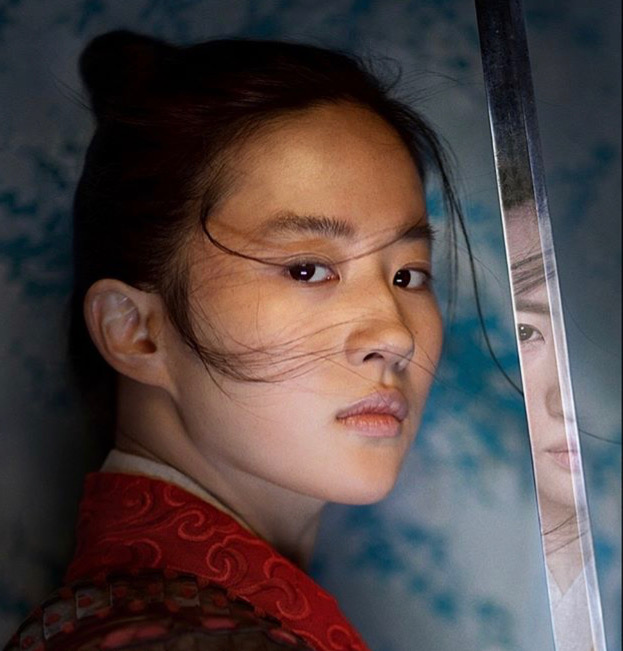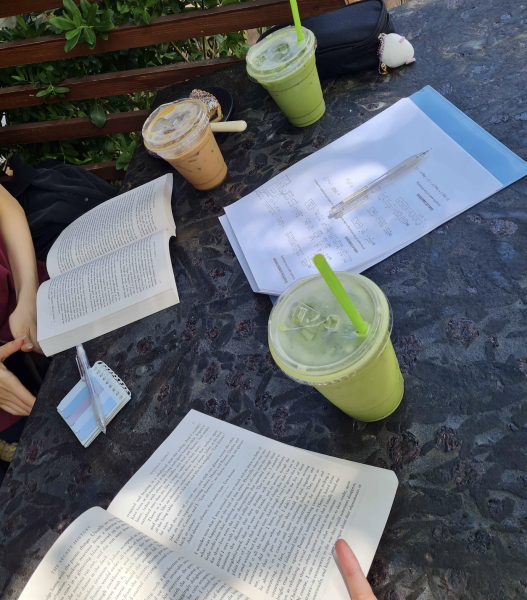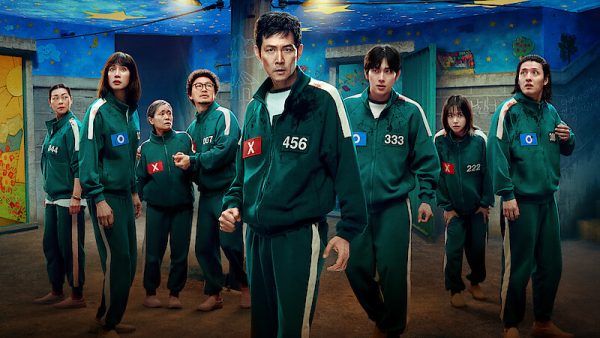Confronting Mulan: Why You Should Pause Before Watching Disney’s Newest Live-Action Release
Disney’s new niche has taken a turn for the live action. Aladdin, The Lion King, Dumbo, Lady and the Tramp, and Christopher Robbins are all the most profitable live action remakes from the last two years to join the ranks of their ever-growing catalog of live action features. Coasting on this lucrative wave of new titles, Disney recently released their newest film, the live-action Mulan, based on the original cartoon of the same name that premiered in 1998. The new film debuted on Disney+ on September 4th, and was surprisingly not well-received. The main reason: the abundant controversy pertaining to numerous aspects of the film.
The criticism facing the film piled far before its release on the Disney+ platform. The primary complaint: whitewashing. The studio’s initial decision to contract New Zealand filmmaker Niki Caro as the movie’s director brought criticism from multiple outlets that believed the decision to cast a white director was another appendage of the studio’s neglect to involve people of color in the film, specifically Asian or Asian-American creators. Distaste for Disney’s move flooded media, specifically through social media. In a TikTok video by user @youngqim, he explains the controversy surrounding the movie, as well as his own personal reservations, illustrating that “it’s Asian actors and Asian faces talking, but all the words that are coming out are white voices.”
Since September 20th, a month after the video was posted, it had garnered more than 350,000 likes and 1.5 million views. This sentiment resonated with so many people who expressed feeling as if Disney made disingenuous efforts to keep inclusivity and support culturally important storylines with people who identify with the movie’s traditional significance. According to the Hollywood Reporter, who interviewed Caro, the studio initially “targeted directors of Asian descent, including Taiwanese Oscar winner Ang Lee (he was busy promoting Billy Lynn’s Long Halftime Walk) and Chinese helmer Jiang Wen,” but ultimately ended up going with Caro because they saw her ability to showcase cultures other than her own in her previous projects, such as, she cites, her breakout film Whale Rider, which focus on the life of a Maori child.
Caro herself defended the studio’s decision to pick her, saying, “Although it’s a critically important Chinese story and it’s set in Chinese culture and history, there is another culture at play here, which is the culture of Disney, and that the director, whoever they were, needed to be able to handle both—and here I am.” While the phrase “culture of Disney” is a little ambiguous, the issue of the problematic nature of the film was mostly put to bed–that was, until the movie was released to the public.
The newest, most fervent uproar, even backed by prominent lawmakers and researchers, also pertains to the behind the scenes of Mulan. This fresh wave of criticism comes on the heels of a controversial post by the film’s star Liu Yifei, as well as the reveal of the movie’s problematic filming locations. In a post on the Chinese sponsored social media platform, Weibo, Yifei expressed her support for the Hong Kong police amidst the riots and protests that have been occurring in the city for months. The inciting cause of the Hong Kong riots was the Hong Kong extradition bill, which was proposed to allow extradition to locations where Hong Kong has no extradition agreements — including mainland China and Taiwan.
The content that Yifei reposted read in Chinese,“I support the Hong Kong police. You can all attack me now. What a shame for Hong Kong.” In her own words Yifei added, “I also support the Hong Kong police.” Her post received a total of over 81,000 likes and an onslaught of support, although amongst international media, her stance on the Hong Kong protests remains highly contested and extremely unpopular.
In addition to the tension over Yefei’s stance on the protests, the movie is taking heat in another facet. Lots of negative attention has been directed towards the filming locations for the movie–specifically Xinjiang, the region in China where primarily Turkish speaking Uighur Muslims have been detained in mass internment camps, living under increased surveillance and oppression. Disney not only filmed there, but also thanked Xinjiang in the credits for allowing them to film there. Disney’s blatant tone deafness in filming a movie celebrating Chinese heritage and culture next door to internment camps where a populous ethinic minority of China are being imprisoned truly sent public outrage over the edge.
The ratings and total box office earnings of the film reflect these criticisms. The official audience score on Rotten Tomatoes is ranked at just 52% out of over 8,000 total reviews. This is a stark contrast from what Disney was likely hoping to achieve, as the pressure for this film to succeed fiscally was immense. It had a budget of almost 200 million dollars—one of the highest budgets of any Disney live action. The reality is that the film’s box office earnings haven’t even surpassed a third of the budget: the film earned 52 million dollars, just barely a quarter of the studio’s budget.
Public opinion has clearly had a large influence on how the movie landed amongst audiences, and has created a smudge on the brand of innocence and imagination Disney clings to preserve. Regardless of whether or not Disney executives were mindful of any possible controversies going into the filming of Mulan, one thing is clear—the court of public opinion has spoken—Mulan missed the mark.
Maya Buckley is a junior and The Tower's Social Media Manager. When she is not crying about her latest chemistry quiz, she enjoys singing in Bishop’s...












